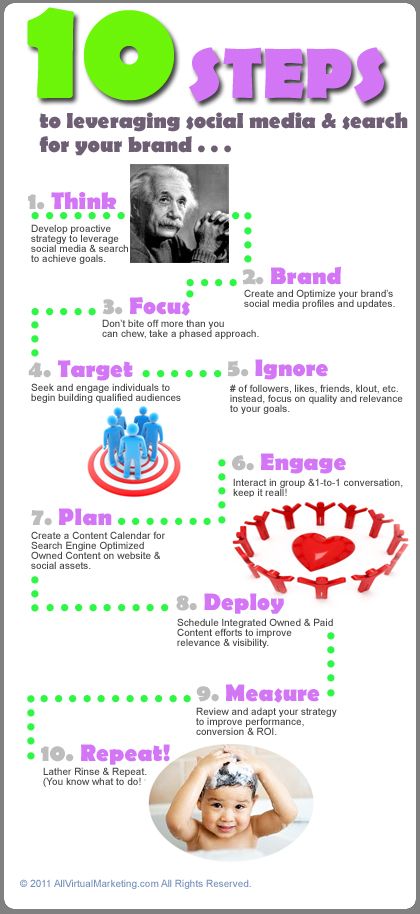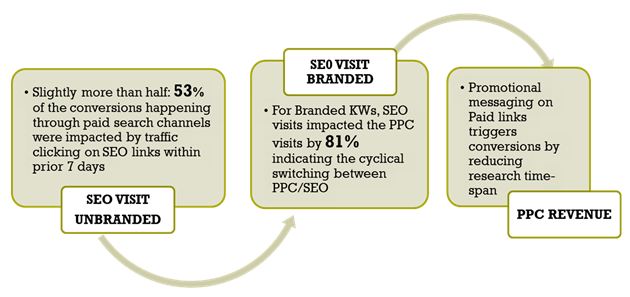SEM - Search Engine Marketing, SEO - Search Engine Optimization
The Value of Integrating Organic SEO and SEM Paid Search Efforts
All too often clients approach SEO and SEM independently of one another. I suppose if you must, this is one way to go. However, why wouldn’t you want to align both organic and paid search efforts to compliment and support one another as opposed to potentially competing against one another?
Optimization Of Sponsored Ads Pays Off When Integrated with Organic Search Engine Optimization
Proper search engine optimization of a website, and all related digital assets (blog, catalog, products, services, etc.) is no small task. In fact, many organizations avoid SEO because of the cost because it is an extremely involved process, when done properly. So, many resort to PPC programs like Google Adwords, looking for quick traffic, only to be disappointed by results, and more importantly conversion.
Consumers Trust Organic Over Sponsored Links in Search Results
Studies show that consumers trust organic search engine results over sponsored or paid links. This is never a suprise when I have this conversation with clients and I ask them which they click on…and they say “I never click on ads”…so why would they expect their cleints or customers to?! However, having said that, there is an appropriate place for sponsored ads in search.
Use of Branded and Non-Branded Keywords in Organic and Paid Search
A recent study by Razorfish demonstrates that the majority of conversions from Sponsored Search Ads.
81% of PPC conversions occured within 7 days of a visitor coming to the website via Organic Search.

The only component of the Razorfish study that I do not agree with, is that a customer is more likely to click if the website appears twice. We have tested this and effectively eliminted unnecessary PPC budgets that redundantly posted a sponsored link about the website that appeard #1, #2 and or #3 in organic search results. Close tracking revealed NO loss in traffic, huge reduction in PPC monthly budget (Sponsored links used for occasional sale or promotion only) , and a boost to ROI and profitability.
Of course my Marketing Firm is NOT a Google Adwords Reseller (by choice). We do not wish to make commission from PPC investments made by our clients – I view it as a conflict in interest. We focus on optimization of PPC campaigns as a compliment to organic search engine optimization (SEO) to successfully deliver clicks and conversion.
The Most Effective Investment in PPC Closes The Deal
Most consumers that click on sponsored ads do so when they are in the final phase of the shopping experience. They are ready to BUY. The ads they are most likely to click on differentiate from the competition, present a discount, better deal deal, closest location, free shipping, highest rated, etc…You get the picture.
SEO and SEM Search Engine Strategies Should be Integrated
As a rule, organizations view PPC as a holistic approach to traffic generation do so at their own peril. Few businesses can afford to rely upon paid traffic as their sole source of traffic. The average business must rely upon search, social media, offline marketing and some sort of advertisement to bring new visitors to their website that they can convert to customers.
Always remember to leverage SEO and SEM to appeal to your target customers (or clients) during the 3 phases of the shopping experience!
Research, Compare & Purchase.



